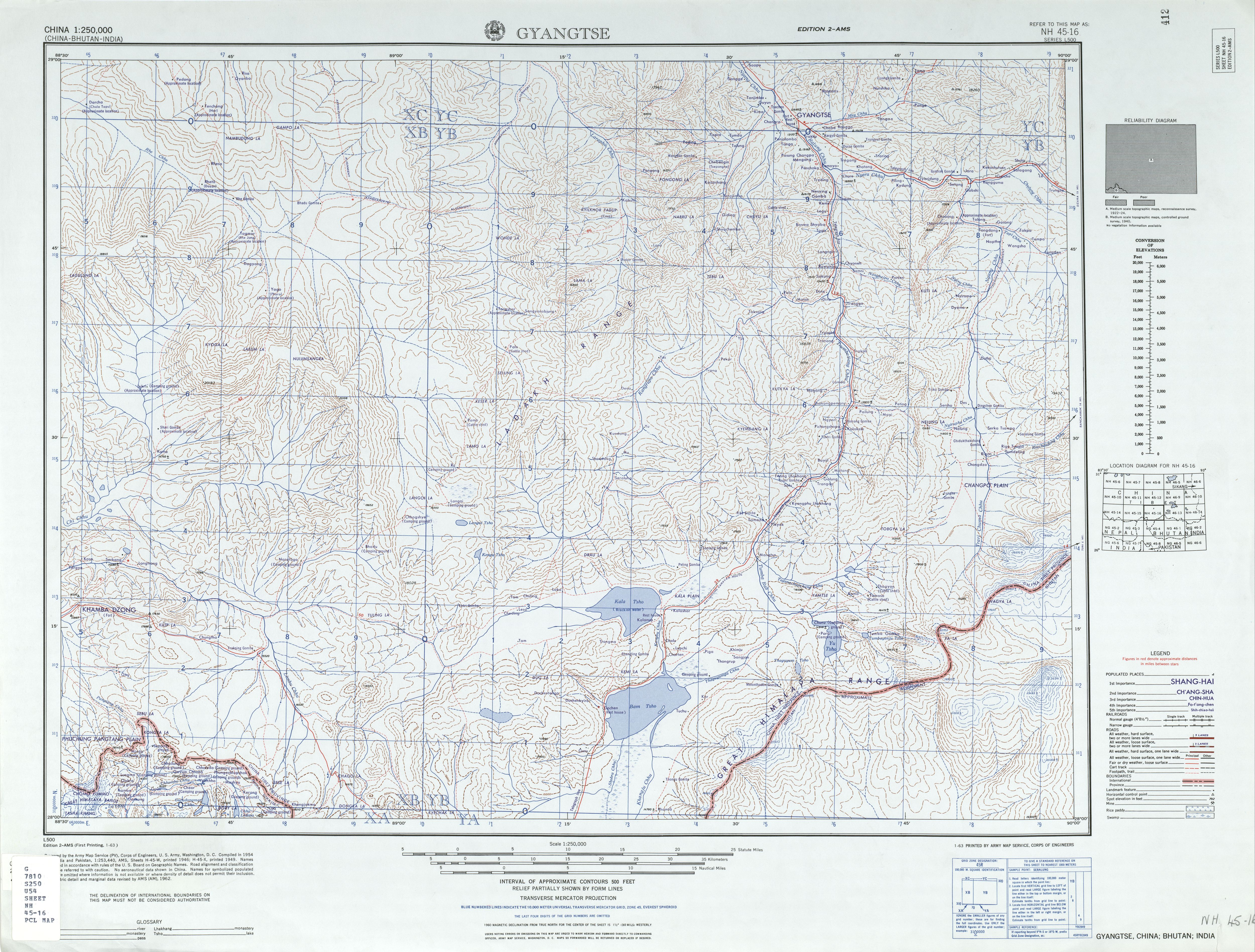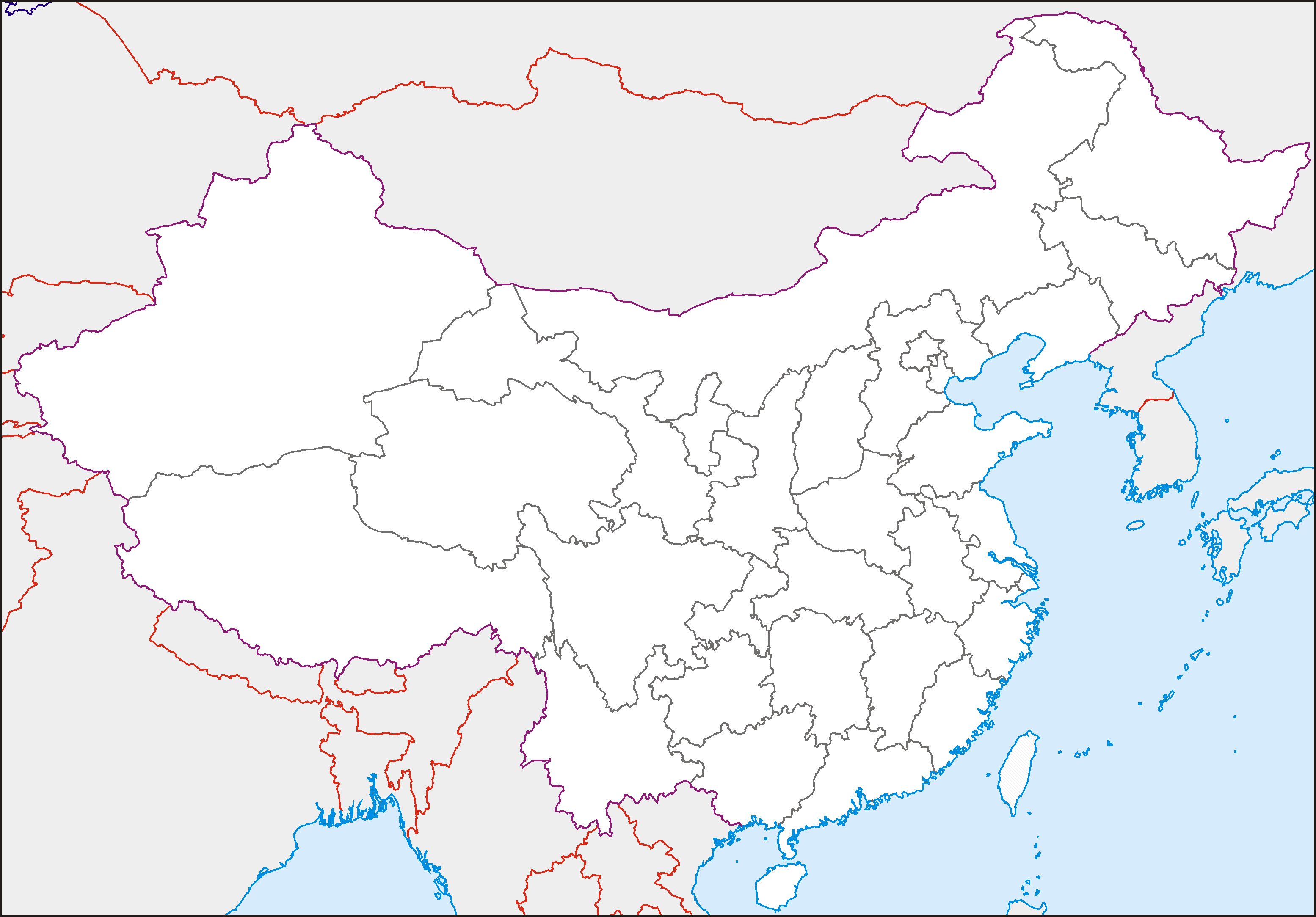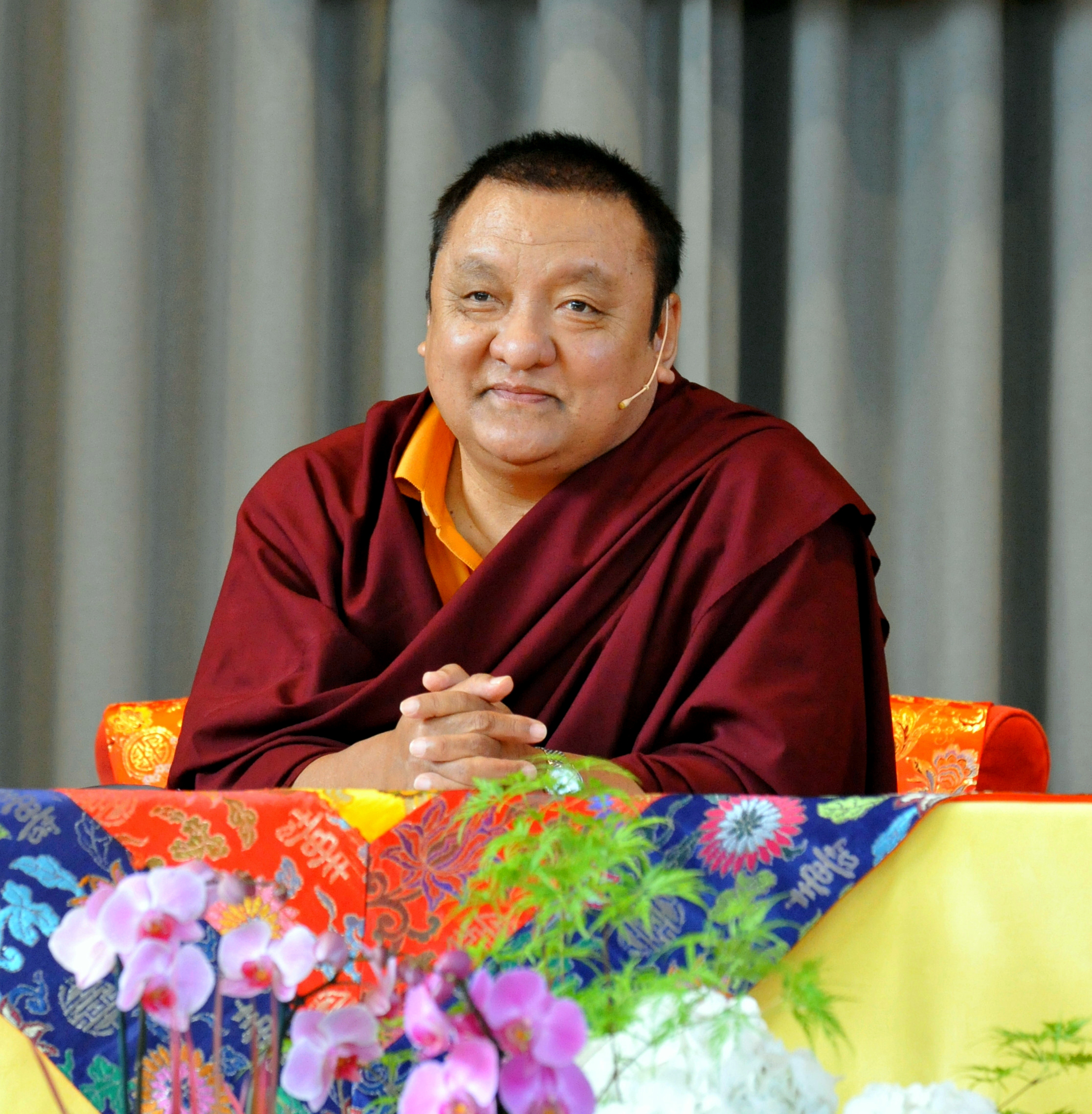|
Rinpungpa Dynasty
Rinpungpa (; ) was a Tibetan dynastic regime that dominated much of Western Tibet and part of Ü-Tsang between 1435 and 1565. During one period around 1500 the Rinpungpa lords came close to assemble the Tibetan lands around the Yarlung Tsangpo River under one authority, but their powers receded after 1512. Rise to power The Rinpungpa belonged to the Ger () clan, which is traced back to the days of the Tibetan Empire. One of their line, Namkha Gyaltsen, served as ''nanglon'' (minister of internal affairs) under the Phagmodrupa ruler Jamyang Shakya Gyaltsen, who held power over Ü-Tsang. He was appointed ''dzongpon'' (governor) of the fief Rinpung in Rong, a region in Tsang in an unknown year before 1373. His political position was strengthened by the marriage with the Phagmodrupa princess Sönam Palmö. Their daughter in turn was given in marriage to Sangye Gyaltsen, a Phagmodrupa prince, and gave birth to the later ruler Drakpa Jungne (r. 1432–1445). The son of Namkha G ... [...More Info...] [...Related Items...] OR: [Wikipedia] [Google] [Baidu] |
Shigatse
Shigatse, officially known as Xigazê (; Nepali: ''सिगात्से''), is a prefecture-level city of the Tibet Autonomous Region of the People's Republic of China. Its area of jurisdiction, with an area of , corresponds to the historical Tsang region of Tibet. Overview The administrative center of the prefecture-level city is the Samzhubzê District. It is roughly equivalent to the historical Shigatse urban center, the second-largest city in Tibet, located about southwest of Lhasa and home to the Tashilhunpo Monastery, traditionally the seat of the Panchen Lama. Some of the towns in the prefecture are: Gyantse (Gyantse County), Tingri (Tingri County), and Nyalam (Nyalam County). On 11 July 2014 Shigatse Prefecture was upgraded into a prefecture-level city (the same status as Lhasa). Transport Rail The Lhasa–Xigazê Railway connects Xigazê Railway Station with Lhasa and further connects with Qinghai via Qinghai–Tibet Railway. It takes about 3 hours t ... [...More Info...] [...Related Items...] OR: [Wikipedia] [Google] [Baidu] |
Kunga Lekpa
Kunga Lekpa (, 1433–1483) was a King of central Tibet who ruled from 1448 to 1481. He belonged to the Phagmodrupa Dynasty, which was the leading political regime in central Tibet from 1354 to 1435, and retained a certain political status until the early 17th century. His time saw the further fragmentation of Tibetan politics. Early years Kunga Lekpa was a son of Sangye Gyaltsen, a brother of the last effective ruler of the dynasty, Gongma Drakpa Gyaltsen. His mother was Dzompama, a lady of the important Rinpungpa family. During the reign of his brother Drakpa Jungne (1432–1445), the central power of the Phagmodrupa broke down, and the Rinpungpa lord Norzang (d. 1466) acquired a leading position in the Tsang region (West Central Tibet). When Drakpa Jungne died in 1445, there was a three-year interregnum. The young Kunga Lekpa was elevated to abbot of the Tsethang monastery in 1446, and was eventually enthroned as king (''gongma'', "the high one") in 1448 by a council of ministe ... [...More Info...] [...Related Items...] OR: [Wikipedia] [Google] [Baidu] |
Tsokye Dorje
Tsokye Dorje (, 1450–1510) was a regent of Tibet who ruled in 1491–1499. He belonged to the Rinpungpa family and headed the central government in Nêdong during the minority of the heir of the Phagmodrupa Dynasty. Rinpungpa ascendency Tsokye Dorje was the fourth son of Norzang, who founded the fortunes of the Rinpungpa in 1435. From this time the family dominated political life in the Tsang region (West Central Tibet) at the expense of the Phagmodrupa kings who resided in Nêdong in Ü (East Central Tibet). When Norzang died in 1466, his second son Kunzang took over the leadership of the family, while Tsokye Dorje received the fief Khartog in the Yarlung Valley area. The direct influence of the Phagmodrupa was on the wane, and in 1481 one of their line was deposed by his ministers after a Rinpungpa attack. The next ruler Ngagi Wangpo had a short and turbulent reign, and when he died in 1491 his son Ngawang Tashi Drakpa was only a boy of three. It was then decided to appoint ... [...More Info...] [...Related Items...] OR: [Wikipedia] [Google] [Baidu] |
Gyangtse
Gyantse, officially Gyangzê Town (also spelled Gyangtse; ; ), is a town located in Gyantse County, Shigatse Prefecture, Tibet Autonomous Region, China. It was historically considered the third largest and most prominent town in the Tibet region (after Lhasa, and Shigatse), but there are now at least ten larger Tibetan cities. Location The town is strategically located in the Nyang Chu valley on the ancient trade routes from the Chumbi Valley, Yatung and Sikkim, which met here. From Gyantse, routes led to Shigatse downstream and also over the Kora La (Pass) to Central Tibet. The fortress (constructed in 1390) guarded the southern approaches to the Yarlung Tsangpo Valley and Lhasa. The town was surrounded by a wall 3 km long.Buckley, Michael and Strauss, Robert (1986), p. 158. Demographics In 1952, Gyantse had a population of perhaps 8,000 people, about the same as in 2008. It is 3,977 meters (13,050 ft) above sea level, and is located 254 km southwest of ... [...More Info...] [...Related Items...] OR: [Wikipedia] [Google] [Baidu] |
Nêdong (village)
Nêdong or Nêtong is a village in Nêdong County, in the Shannan Prefecture of Tibet. Nedong was the seat of the Phagmodrupa dynasty, which was the dominating regime in Tibet from 1354 to 1435 and maintained a degree of authority until the early 17th century. See also * List of towns and villages in Tibet References External links and references Populated places in Tibet {{Shannan-geo-stub ... [...More Info...] [...Related Items...] OR: [Wikipedia] [Google] [Baidu] |
Highland Barley
Highland barley, Tibetan barley or Himalayan barley ( Tibetan: ནས་; Wylie: nas; Chinese: ; qīngkē, or 藏青稞; zàng qīngkē) is the principal cereal cultivated on the Tibetan Plateau, used mainly to make tsampa and liquor ( chang). Today, it is used to make beer (Lhasa Beer), flour, bread, cake Cake is a flour confection made from flour, sugar, and other ingredients, and is usually baked. In their oldest forms, cakes were modifications of bread, but cakes now cover a wide range of preparations that can be simple or elaborate, ...s or noodles. Three Chinese words are associated with two varieties of barley: * and : '' Hordeum aegiceras'' Nees ex Royle10c. Hordeum vulgare var. trifurcatum (Schlechtendal) Alefeld, Landw. F ... [...More Info...] [...Related Items...] OR: [Wikipedia] [Google] [Baidu] |
Shamarpa
The Shamarpa (; literally, "Person (i.e. Holder) of the Red Crown"), also known as ''Shamar Rinpoche'', or more formally Künzig Shamar Rinpoche, is a lineage holder of the Karma Kagyu school of Tibetan Buddhism and is regarded to be the mind manifestation of Amitābha. He is traditionally associated with Yangpachen Monastery near Lhasa. The first Shamarpa, Drakpa Senggé (, 1283–1349), received the title "Shamarpa", and a red crown, an exact replica of Karmapa’s black crown from Rangjung Dorje, 3rd Karmapa, establishing the second line of reincarnate lamas in Tibetan Buddhism. The Karmapa was the first. The Shamarpa is often referred to as the "Red Hat Karmapa", especially in early Kagyu texts. The 5th Dalai Lama saw the Shamarpa as equal to the Karmapa: The Shamarpa lineage Shamarpa considered to be successive reincarnations are listed in "The Garland of Moon Water Crystal" by the 8th Tai Situpa Chökyi Jungne and Belo Tsewang Künkhyab. # Khedrup Drakpa Senge ( ... [...More Info...] [...Related Items...] OR: [Wikipedia] [Google] [Baidu] |
Yangpachen Monastery
Yangpachen Monastery is a Tibetan Buddhist monastery in Yangpachen (Tibetan: ''yangs pa can''; ''Thub btsan yangs pa can''), in the Lhasa Prefecture of Tibet. It is historically the seat of the Shamarpas of Karma Kagyü. It is about southeast of Lhasa "on the northern side of the Lhorong Chu valley above the Lhasa-Shigatse highway." History It was founded around by the 4th Shamarpa who on finding the site proclaimed, "There shall be a monastery built on the left side of the Yangpachen as the support for Kagyu teachings and symbol of everlasting victory". Yangpachen Gompa was founded by Murab Jampa Tujepel in 1490 under the auspices of the fourth Sharmapa and financed by the Prince of Rinpung. It was the residence of the Sharmapas for only 300 years.... When the Gorkhalis under Pritvi Narayan Shah, king of the newly unified Kingdom of Nepal, invaded Tibet in 1792 to be defeated by a Chinese army, the tenth Sharmapa was accused of traitorous support of the Nepalis. A modern Ti ... [...More Info...] [...Related Items...] OR: [Wikipedia] [Google] [Baidu] |
Kunzang
Kunzang (1445 – c. 1479), in full Kuntu Zangpo (), was a prince of the Rinpungpa Dynasty that wielded power in Tsang (West Central Tibet). He was the second son of Norzang, the founder of the power of the family, and the Phagmodrupa princess Yeshe Tsogyal. At the time when his father died in 1466, Tsang was dominated by the arms of the Rinpungpa. Kunzang took over as the senior member of the line, his elder brother Upasika having died early. He received investiture as ''dsongpon'' (lord) of the Rinpung fief from the formal ruler of Central Tibet, Kunga Lekpa of the Phagmodrupa dynasty. His younger brothers lorded over Shigatse, Kharthog and Nyangkhok. However, his accession marked a temporary downturn in the successes of the Rinpungpa armies. The Phagmodrupa monarch, who had his residence in Nêdong in Ü (East Central Tibet), generally held an averse attitude to the Rinpungpa. Like his father, Kunzang was a patron of the Sakya sect of Buddhism and established a patron-precept ... [...More Info...] [...Related Items...] OR: [Wikipedia] [Google] [Baidu] |
Gorampa
Gorampa Sonam Senge (, 1429–1489Dreyfus (2003) p.301) was an important philosopher in the Sakya school of Tibetan Buddhism. He was the author of a vast collection of commentaries on sutra and tantra whose work was influential throughout Tibetan Buddhism. Gorampa is particularly known for his writings on madhyamaka philosophy, especially his critique of the madhyamaka views of Tsongkhapa and Dolpopa. Gorampa defended the mainly anti-realist interpretation of madhyamaka held by the Sakya school (which sees conventional truth as a false illusion).Dreyfus, Georges B. J. (1997) ''Recognizing Reality: Dharmakirti's Philosophy and Its Tibetan Interpretations'' (Suny Series in Buddhist Studies), p. 2. Gorampa was the student of Rongtön (Rongtön Shéja Künrig, ), Byams chen rab ’byams pa Sangs rgyas ’phel (1411–85), Ngor chen Kun dga’ bzang po (1382–1456), Gung ru Shes rab bzang po (1411–75). He founded the Thuptén Namgyél Monastery in Tanag (), which is just north of Sh ... [...More Info...] [...Related Items...] OR: [Wikipedia] [Google] [Baidu] |
Sakya (Tibetan Buddhist School)
The ''Sakya'' (, 'pale earth') school is one of four major schools of Tibetan Buddhism, the others being the Nyingma, Kagyu, and Gelug. It is one of the Red Hat Orders along with the Nyingma and Kagyu. Origins Virūpa, 16th century. It depicts a famous episode in his hagiography when he stopped the sun in the sky. The name ''Sakya'' ("pale earth") derives from the unique grey landscape of the Ponpori Hills in southern Tibet near Shigatse, where Sakya Monastery, the first monastery of this tradition, and the seat of the Sakya School was built by Khon Konchog Gyalpo (1034–1102) in 1073. The Sakya tradition developed during the second period of translation of Buddhist scripture from Sanskrit into Tibetan in the late 11th century. It was founded by Drogmi, a famous scholar and translator who had studied at the Vikramashila directly under Naropa, Ratnākaraśānti, Vagishvakirti and other great panditas from India for twelve years. Khon Konchog Gyalpo became Drogmi's disc ... [...More Info...] [...Related Items...] OR: [Wikipedia] [Google] [Baidu] |
Gelugpa
240px, The 14th Dalai Lama (center), the most influential figure of the contemporary Gelug tradition, at the 2003 Bodhgaya (India). The Gelug (, also Geluk; "virtuous")Kay, David N. (2007). ''Tibetan and Zen Buddhism in Britain: Transplantation, Development and Adaptation,'' p. 39. Routledge. is the newest of the four major schools of Tibetan Buddhism. It was founded by Je Tsongkhapa (1357–1419), a Tibetan philosopher, tantric yogi and lama and further expanded and developed by his disciples (such as Khedrup Je, Gyaltsap Je and Gendün Drubpa). The Gelug school is alternatively known as New Kadam (''bKa’-gdams gsar-pa''), since it sees itself as a continuation of the Kadam tradition of Atisha (c. 11th century). Furthermore, it is also called the Ganden school, after the first monastery established by Tsongkhapa. The Ganden Tripa ("Ganden Throne Holder") is the official head of the school, though its most influential figure is the Dalai Lama ("Ocean Teacher"). Allying ... [...More Info...] [...Related Items...] OR: [Wikipedia] [Google] [Baidu] |



.jpg)



